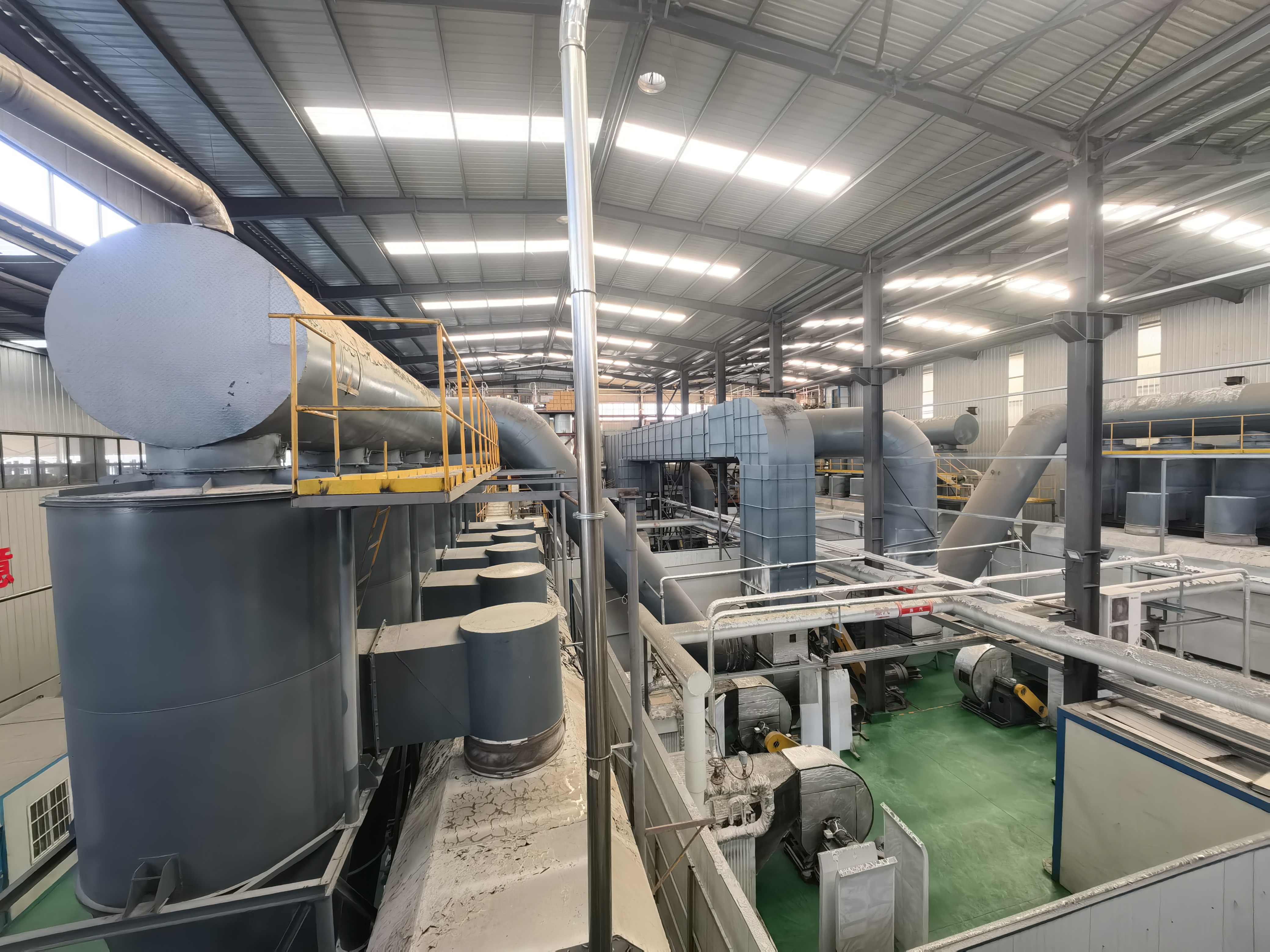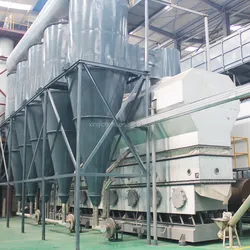Unlocking the Secrets of DLVO Theory in Flocculation Processes
The DLVO Theory is a cornerstone in the field of colloidal science, providing profound insights into the stability and dynamics of colloidal systems. Named after its founders, Derjaguin, Landau, Verwey, and Overbeek, this theory merges the effects of van der Waals attraction and electrostatic repulsion to explain how particles behave in a colloidal dispersion. One of its pivotal applications is in the process of flocculation, a crucial step in water treatment and various industrial operations.
What is DLVO Theory?
The DLVO Theory encapsulates the interactions between charged particles in a suspension. It integrates two primary forces: the attractive van der Waals forces and the repulsive electrostatic forces. By understanding the balance between these forces, scientists and engineers can predict whether particles will remain stable or aggregate, forming flocs.

The Role of DLVO Theory in Flocculation
Flocculation is the process where colloids aggregate to form larger particles, or flocs, which can be easily separated from a solution. The DLVO Theory plays a critical role in optimizing this process by providing a framework to understand how different factors influence particle aggregation. By manipulating the ionic strength, pH, and the presence of coagulants, the forces described in the DLVO Theory can be adjusted to enhance flocculation efficiency.
Applications and Advancements
The principles of the DLVO Theory are applied extensively in water treatment, where controlling the stability of colloidal suspensions is vital. Additionally, it finds applications in the formulation of paints, inks, and food products, where the consistency and stability of colloidal systems are crucial. Recent advancements have expanded the DLVO Theory to include non-DLVO forces, offering a more comprehensive understanding of colloidal interactions.

Conclusion
The DLVO Theory provides a fundamental basis for understanding and controlling colloidal stability and flocculation. As research continues to evolve, integrating additional forces and considering real-world complexities, the DLVO Theory remains a vital tool in both academic and industrial settings, driving innovations in materials science and environmental engineering.
“`

